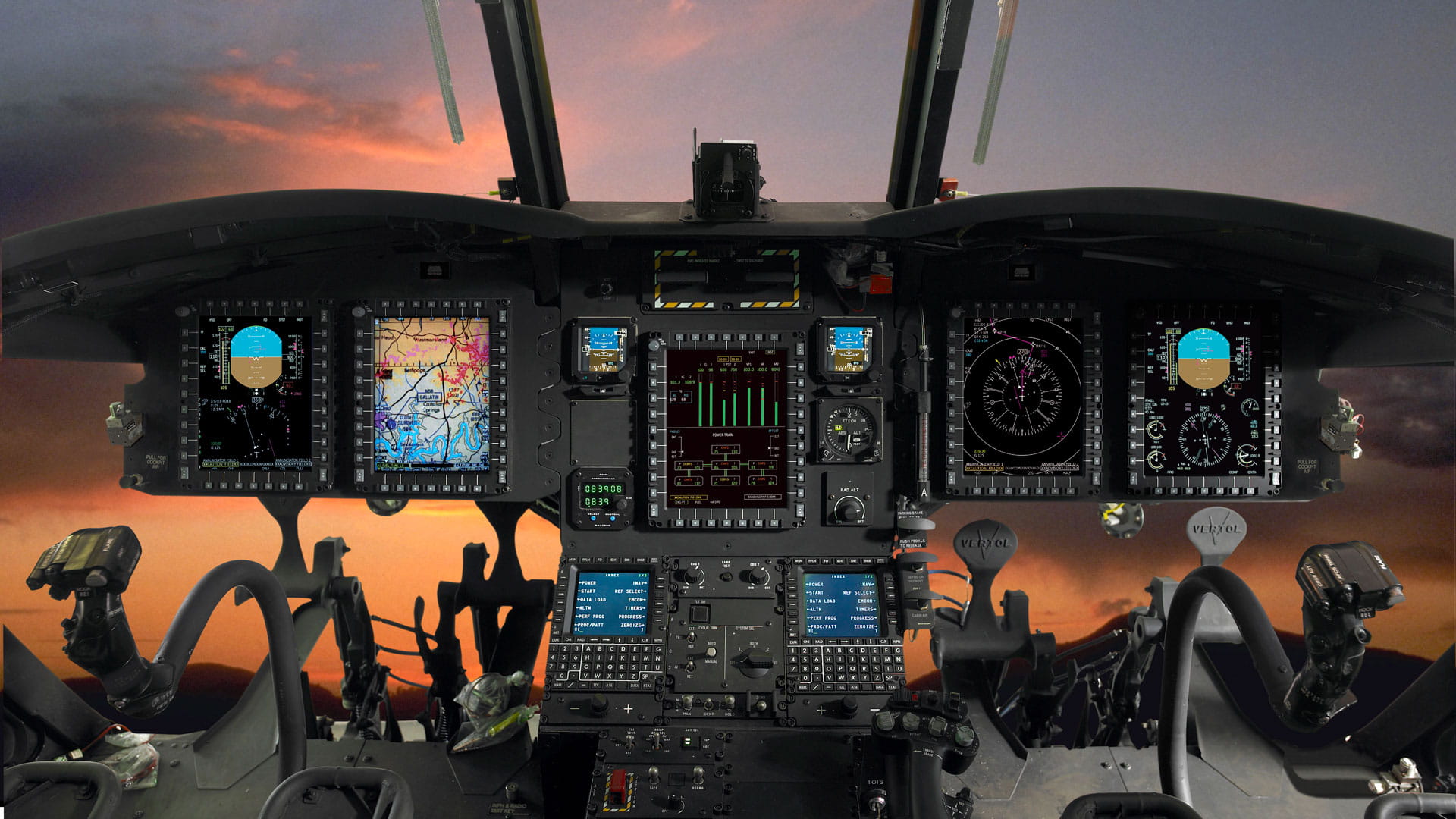Commercial classifications in DoD programs are a win-win for government and taxpayers
By Phil Jasper, president, Mission Systems for Collins Aerospace
In 1994, Congress passed the Federal Acquisition Streamlining Act, providing the U.S. Department of Defense (DoD) with access to the world’s leading commercial innovation. Subsequently, Federal Acquisition Regulation (FAR) Part 12 created a DoD acquisition framework that recognized the value of commercial investment and technology for military applications 1.
These reforms enabled companies like ours to eliminate redundancies between our commercial and military business units, and provide the U.S. military with leading-edge commercial technology in a faster, more efficient and more cost-effective way. For example, by starting with commercially developed products, Collins saved the Pentagon more than $160 million in the development of the Common Avionics Architecture System (CAAS) that was incorporated on the MH-60 Blackhawk and MH-47 Chinook helicopter fleets. Under Part 12, we delivered that capability in 13 months, instead of the normal 24-36 months under Part 15. And, over the last 20 years, we’ve invested over $300M in the avionics product line directly benefiting CAAS development, obsolescence management, and CAAS solution enhancements. These are costs that are typically funded by the USG under Part 15.
This was good news. The problem, however, is that DoD acquisition of commercial innovation is increasingly challenging and has become an industry-wide issue since 2014 when the Defense Business Board confirmed that the entire industry’s ability to provide the DoD with leading-edge commercial technology was under increasing threat.
Here’s why: U.S. federal acquisition regulations state that as long as a product is “of a type” that is currently commercial, then the DoD must classify the product as commercial, under FAR 12. The military version of the commercial product can be designed a little differently, but if it is “of a type” – or similar to – then it is a commercial product. This distinction is very important because few commercial items can be used by the military “as is” with no modification for their specific needs.
Everything works well as long as the military item is classified as commercial “of a type.” But when it is not and products are then sourced under FAR 15, the manufacturer is subject to burdensome cost-based accounting and the government has to pay for items such as development, test equipment, obsolescence management and the addition of ongoing, commercially-developed innovation and enhancements in that product.
In essence, this separates the military’s product from the commercial item and often requires the addition of a distinct, low-volume production line for a special customer. That means more people, separate production lines, separate accounting systems and more costs to the USG and the taxpayer. This limits the manufacturer’s ability to generate a return on R&D investments of tens or hundreds of millions of dollars or more. It also prevents the DoD – and US taxpayers – from benefiting from innovative technology and cost-savings that can result when funded by that commercial company rather than the government.
To preclude this result, rather than taking an approach that narrows the definition of a commercial item under Part 12, the DoD should be advocating for its workforce to take a broader interpretation of commercial items “of a type” in order to ensure the latest technology gets to the warfighter in a rapid, cost-effective manner. That has been the intent of Congress all along. Indeed, in a 2018 report, a DoD advisory panel on commercial buying stated, “Congress gave DoD the widest possible access to the commercial marketplace by including in the definition the phrase of a type, which provides DoD the flexibility needed to take full advantage of the vibrant and constantly changing commercial marketplace.”
Collins Aerospace can be saving taxpayers money right now via FAR Part 12 on several products, such as fire protection, fuel valves and electrical power generating systems. But we need that “of a type” classification. Going forward, we have even more ideas for transitioning our latest commercial products into military applications as part of future FAR Part 12 designations.
Despite my conviction that more needs to be done in the areas of commercial acquisition, it’s important to recognize that the DoD and the aerospace industry as a whole are all working toward the same national goal – to provide the best products for the warfighter at the best value for the taxpayer.
It’s this dedication that is creating an environment where innovation and defense acquisition are synonymous, and is ensuring that our warfighters have the innovative, leading-edge technology necessary to defend the freedoms we cherish.
1 Of course, the International Traffic in Arms Regulations (ITAR) and Export Administration Regulations (EAR) control the export of sensitive items, including military hardware; FAR Part 12 does not override the restrictions set forth in the ITAR and EAR.



